Understanding Crankshaft Sensors for Hyundai Kia OEM
The crankshaft sensor for Hyundai Kia OEM is an integral component in modern vehicles, playing a crucial role in engine management and efficiency. This sensor is specifically designed to measure the position and rotational speed of the crankshaft, information which is essential for the engine control unit (ECU) to optimize fuel injection and ignition timing.
Types and Features of Crankshaft Sensors
There are primarily two types of crankshaft sensors used in vehicles: inductive and Hall-effect. While both serve the same function, they differ in their operation. Inductive sensors generate a signal through electromagnetic induction, whereas Hall-effect sensors use a magnetic field to produce a digital signal. Both are engineered to withstand harsh automotive environments and are crafted from durable materials to ensure longevity and consistent performance.
Applications and Advantages of Crankshaft Position Sensors
The application of a crankshaft position sensor extends beyond merely monitoring the crankshaft's position. It is pivotal for the ECU to calculate the engine's RPM and determine the precise timing for fuel injection and ignition. The advantages of a well-functioning sensor include improved fuel efficiency, reduced emissions, and optimal engine performance. A failing sensor, on the other hand, can lead to issues such as erratic engine behavior and reduced fuel economy.
Materials and Durability
Materials used in the construction of a crankshaft sensor are selected for their robustness and ability to resist temperature extremes, vibrations, and contaminants. Typically, these sensors are made from a combination of high-grade plastics and metals, ensuring that they provide reliable readings over a wide range of operating conditions.
Selection Considerations
When selecting a replacement crankshaft sensor, compatibility with the vehicle's make and model is paramount. It is essential to choose a sensor that matches the OEM specifications to ensure accurate data transmission and seamless integration with the vehicle's engine management system.
Installation and Maintenance
While the installation of a crankshaft sensor for Hyundai Kia is a technical process, proper maintenance can prolong the sensor's life. Regular vehicle diagnostics can help identify potential issues with the sensor before they escalate, ensuring that the engine maintains its performance and efficiency.
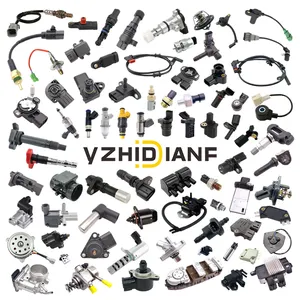




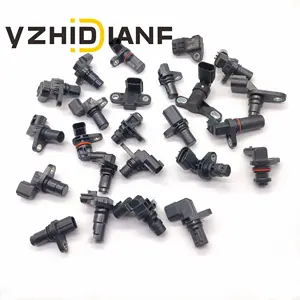




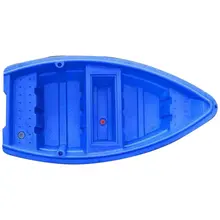

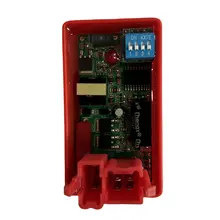
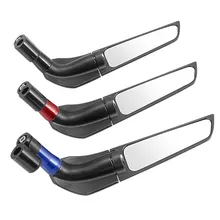
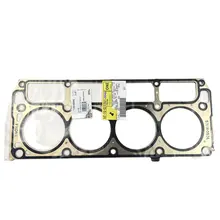



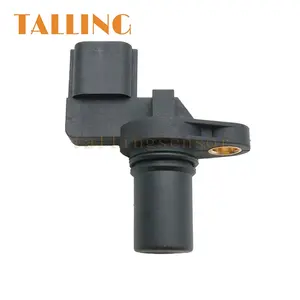
























 浙公网安备 33010002000092号
浙公网安备 33010002000092号 浙B2-20120091-4
浙B2-20120091-4